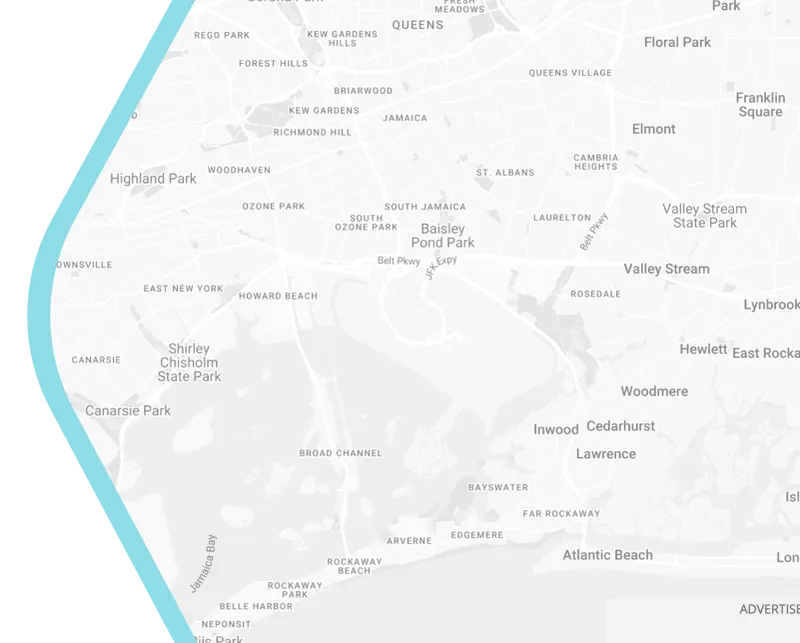
Solving Urban Emissions: Hydrogen Fuel Cell Networks for Trucks and Buses
Beneath the steel-and-glass skyline of modern cities, a quiet revolution hums along congested streets. Diesel trucks rumble, buses exhale plumes of exhaust, and the weight of urban logistics leaves an invisible mark: 23% of global transport emissions come from heavy vehicles, choking our metropolises. But from Seoul to Stuttgart, a solution is emerging—hydrogen fuel cell networks, transforming how we power the workhorses of urban life.
The Heavyweight Emission Problem in Cities
Urban centers are drowning in the exhaust of their own necessities. Delivery trucks carrying daily goods, municipal buses shuttling commuters, and waste collection fleets form the circulatory system of a city—yet they also account for 45% of urban nitrogen oxide pollution. Traditional batteries, while effective for cars, falter under the demands of heavy transport. The weight, range limitations, and charging downtime render them impractical for freight trucks that clock 500 km daily or buses running 18-hour shifts. Cities like Los Angeles and Berlin face mounting pressure as climate targets loom, exposing an urgent need for alternatives that marry endurance with ecology.
Hydrogen Fuel Cells: The Engine of Urban Change
Enter hydrogen fuel cells—a technology that merges the practicality of diesel with the conscience of renewables. Unlike combustion engines, these cells generate electricity through a chemical reaction between hydrogen and oxygen, emitting only water vapor. A single hydrogen truck can travel 800 km on a 15-minute fill-up, matching diesel performance while slashing emissions to zero. For city planners, this isn’t just an upgrade; it’s a paradigm shift. Imagine garbage trucks gliding silently through pre-dawn streets or intercity buses refueling as quickly as they board passengers. The technology exists. The challenge lies in the infrastructure to feed it.
Building the Hydrogen Highway: Networks Over Nodes
Isolated hydrogen stations won’t suffice. What cities need are networks—strategically woven refueling ecosystems. Picture this:
- Logistics hubs with high-capacity stations near ports and warehouses, like Rotterdam’s “H2Gate” serving 200 daily trucks.
- Transit corridors with modular refuelers along bus routes, as piloted by Auckland’s zero-emission bus fleet.
- Renewable synergy pairing stations with solar/wind farms, turning Australia’s Outback sun into hydrogen for Sydney’s freight lines.
These networks demand more than steel pipes. They require smart sensors monitoring hydrogen purity, AI optimizing refuel schedules, and safety protocols rivaling nuclear plants. Yet when woven into urban fabric—retrofitted into existing gas stations or embedded in industrial zones—they become invisible enablers of clean mobility.
Cities Leading the Hydrogen Charge
Global pioneers prove this isn’t science fiction:
Shanghai has deployed 3,000 hydrogen trucks, their fuel sourced from chemical byproducts—a circular economy win. California’s "Hydrogen Highway" funds 111 public stations, prioritizing freight corridors. Most compelling? Oslo’s waste management fleet, where garbage trucks run on hydrogen produced from the very waste they collect. Each project shares a lesson: success hinges on orchestration between policymakers, tech providers, and communities.
Navigating the Roadblocks: Cost, Green H2, and Trust
The path forward isn’t without potholes. "Gray hydrogen" made from methane undercuts environmental benefits, while "green hydrogen" (electrolyzed using renewables) remains 2-3x costlier than diesel. Storage volatility also lingers in public perception—despite hydrogen tanks being rigorously crash-tested.
Breakthroughs are emerging. Electrolyzer costs fell 60% since 2015, and nations like Australia are channeling billions into green hydrogen hubs. For developers and tech providers, this signals opportunity: invest now, standardize components, and lobby for production tax credits. As one Melbourne infrastructure CEO notes, "The first movers won’t just sell hydrogen—they’ll sell confidence."
The Urban Air We’ll Breathe Tomorrow
The promise of hydrogen networks transcends cleaner trucks. It’s about cities where children play near freight depots without asthma inhalers, where nighttime deliveries don’t rattle windows, and where urban growth no longer means ecological sacrifice. For planners and developers, this transition demands courage—to retrofit old terminals, rezone industrial land, and bet on a molecule lighter than air. But as hydrogen whispers through fuel cells, powering the heavy vehicles below, it carries a message: the future of urban mobility isn’t just electric. It’s elemental.
